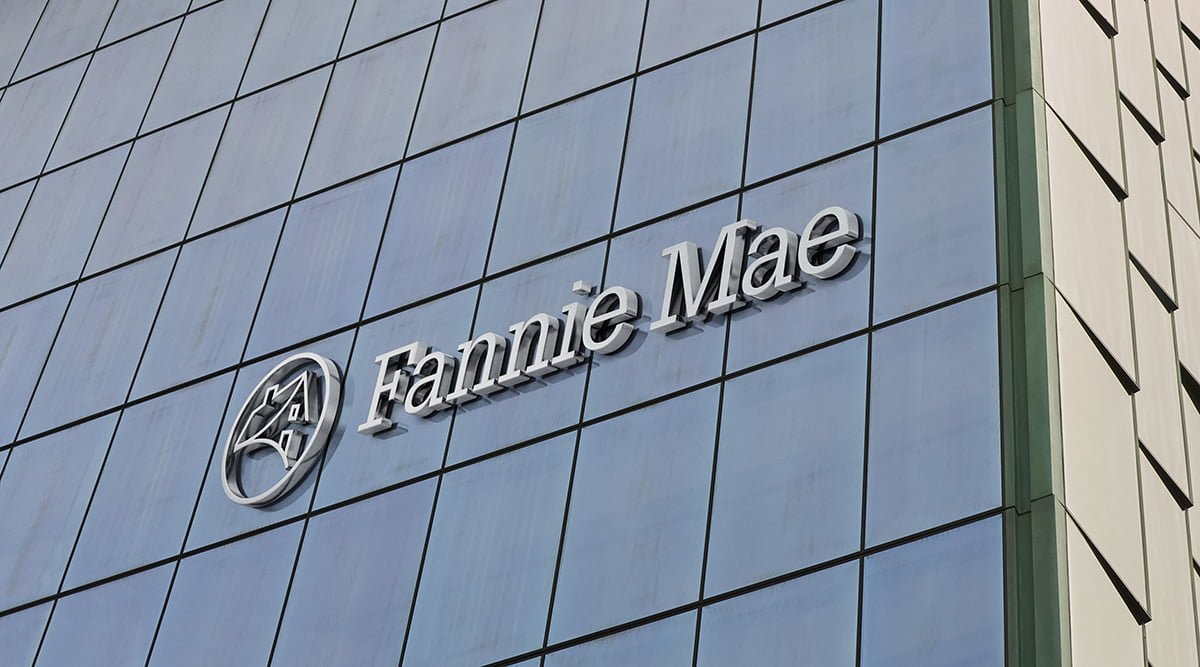The Federal Reserve has cut interest rates to zero. Meanwhile, mortgage rates remain relatively high, but Fannie Mae and Freddie Mac provide the answer. In fact, mortgage rates have been running 300 basis points or more above the baseline rate.
Q1 2020 hedge fund letters, conferences and more
Fannie and Freddie have been in conservatorship for over 10 years. Now that plans are finally in the works for them to exit conservatorship, the economy is all but shut down due to the coronavirus. But now isn't like the 2008 financial crisis when the government-sponsored enterprises entered conservatorship.
Instead of a credit crisis, there's a liquidity crisis, which could eventually impact Fannie Mae and Freddie Mac.
Why now isn't like 2008
Many analysts and economists have drawn comparisons between the current situation and the 2008 financial crisis. However, there are some key differences. In a recent podcast for ValueWalk, Tim Pagliara and Grant Stark of CapWealth Advisors explained those differences and the role the GSEs should play in holding the housing industry together.
They called attention to a recent comment made by Ben Bernanke, who was asked if the current crisis is like the 2009 financial crisis. He said the key difference is that in 2009, the financial system was causing damage to the real economy. However, right now, the coronavirus is shutting down the economy, causing strain on the financial system.
Pagliara said what distinguishes the current crisis from the global financial crisis is that in 2008, the problem was about credit, and now, the issue is liquidity.
He pointed out that the Federal Reserve is buying billions of dollars in mortgage-backed securities and other assets in the debt market every day to provide the liquidity everyone needs. He said only the federal government has the liquidity and the balance sheet necessary to handle the current crisis.
Further, he said liquidity is why Fannie Mae and Freddie Mac were created. They buy mortgages, including during major economic downturns. Stark called the GSEs a "powerful tool" in the government's arsenal.
Fannie Mae and Freddie Mac are the answer to high mortgage rates
Pagliara said Fannie Mae and Freddie Mac are the answer to the liquidity crisis that's causing mortgage rates to remain high despite the Fed's move to cut its key interest rate to zero.
"We're in this liquidity crisis, and the Fed is buying as much as $30 billion a day in mortgage-backed securities," Pagliara told ValueWalk. "So part of the answer to this is to allow Fannie Mae and Freddie Mac to return to their original mission, which was to help provide liquidity in a crisis like this."
Congress passed the CARES act, which allows borrowers to request forbearance on their mortgages for up to a year if they experience financial problems related to the COVID-19 crisis. While the move was sorely needed, it could provide liquidity problems for mortgage servicers, which must make payments even though they aren't being paid. As a result, Fannie Mae and Freddie Mac could start to feel the liquidity crunch. Federal Housing Finance Agency Director Mark Calabria even said that if the COVID-19 pandemic lasts more than two or three months, the GSEs could need another bailout.
However, Pagliara argues that Fannie Mae and Freddie Mac are needed even more now to help bring mortgage rates down. This will enable borrowers to refinance for lower rates, also easing some of the burden of the coronavirus pandemic.
"If you get them fully functional in addition to the Fed, we will bring mortgage rates down," Pagliara said. "That will be a source of relief for average homeowners. Enter into an agreement where they can get the additional cash they need. But we've got to get them functioning."
He noted that Fannie Mae and Freddie Mac have been without capital for years as the net worth sweep swept all their profits into the Treasury.
How Fannie Mae can offer other relief besides lower mortgage rates
He said the first thing that needs to be done is to settle the litigation surrounding the GSEs. The second is to declare the senior preferred shares held by the government to be paid with interest. He noted that Fannie and Freddie have paid more than $30 billion over and above what they owed to the government in interest.
He suggested that that money be placed on their balance sheets to ensure their roles in the mortgage market amid the crisis. This would enable them to exit conservatorship and become fully functioning entities.
"That will make the common stock of Fannie and Freddie go up," he added. "The government owns 80% of the common stock. That money can then be used as a source of relief for the American homeowner and economy. At the same time, you're attracting private capital back into the system, and all of that can be done very quickly, and it will provide the Federal Reserve with some additional relief."
He also said that once the GSEs are listed on the New York Stock Exchange and are fully functioning with a board of directors, they will be able to not only attract private capital but build capital reserves. He said this should have already been done. If it had been done in 2012, Fannie Mae and Freddie Mac would be fully functioning entities capable of providing relief for mortgage rates during the current crisis.






